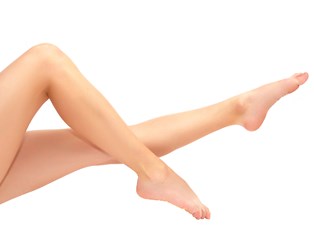While laser hair removal is a relatively easy way to deal with unwanted body hair, it’s not as simple as popping in for a session on your lunch break. This procedure requires certain necessary preparations and aftercare, which many people don’t think about going into the process. Here’s a look at what you can expect to happen before, during, and after your laser hair removal appointment.
Before the Procedure
Protecting your skin before the procedure is important to prevent pain or irritation during the laser hair removal process. Your dermatologist will probably recommend that you wear sunscreen with a SPF of 30 or higher on a daily basis and ask you to avoid tanning beds. In addition to this, you shouldn’t wax or pluck hairs from the areas to be worked on for at least 30 days before your procedure. Shaving is okay, and in fact, your dermatologist may ask you to shave the night before to make the process smoother.
During the Procedure
If you’re having a large or particularly sensitive area worked on, your dermatologist may begin by applying a topical numbing cream to make things less painful for you. It normally takes 30 minutes to an hour for the cream to begin working. If your dermatologist did not ask you to shave before arriving to the clinic, you will be shaved immediately before the procedure.
To remove hairs, your dermatologist will pull your skin taut and use the hair removal laser. This process creates small plumes of smoke and a not-so-nice sulfur smell, but these reactions are normal and don’t pose any risks. Unfortunately, while this process is relatively safe, it can be quite painful—many patients describe laser hair removal as feeling like a series of hot pinpricks.
After the Procedure
After your laser hair removal session, there will probably be some swelling, redness, and sensitivity at the removal site. To help reduce these side effects you can use a cold compress or skin moisturizer. In addition to this, you’ll also want to continue to protect the affected skin with a sunscreen of an SPF of 30 or higher and avoid tanning beds. Most dermatologists will request that you abstain from any strenuous physical activity for at least a day or two after your procedure.



